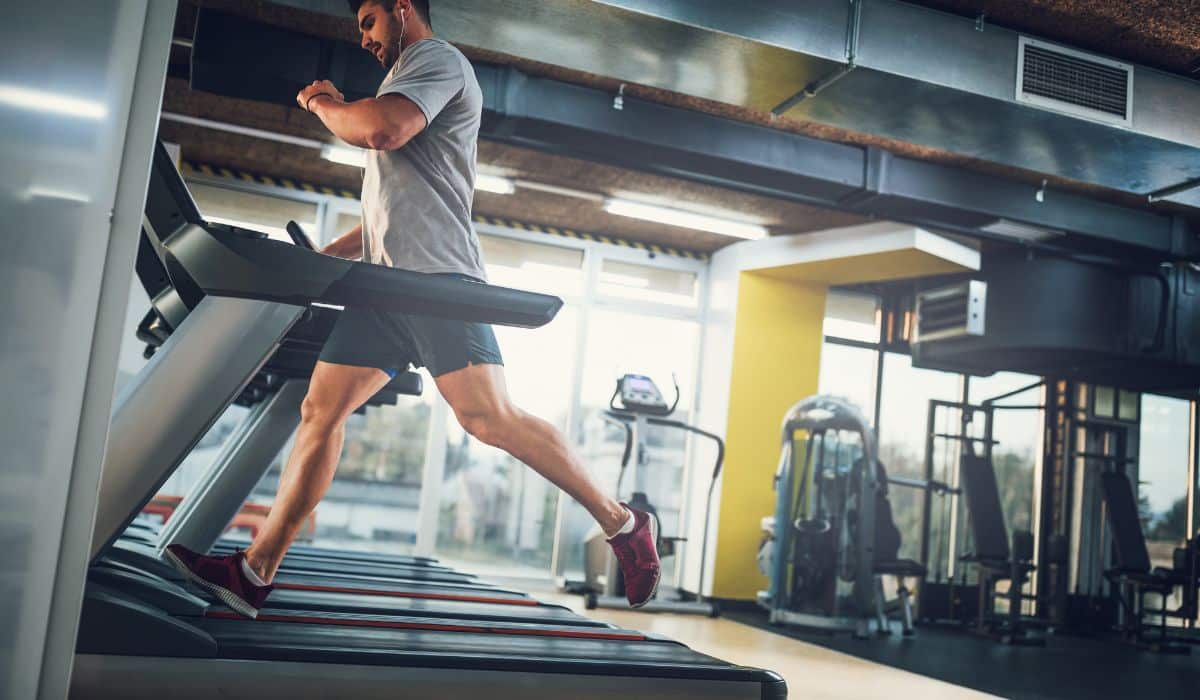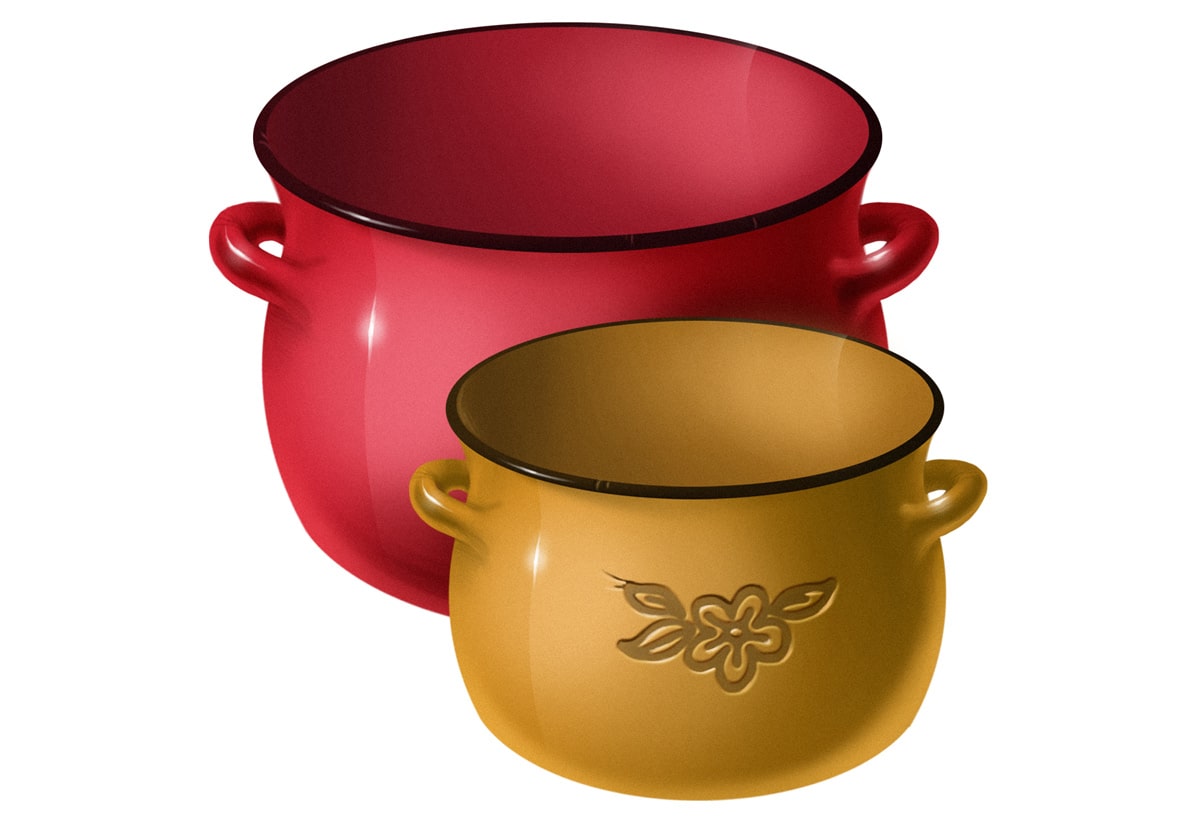
Non-Exercise Activity Thermogenesis, or NEAT, basically means burning calories while doing anything other than a workout - think washing dishes, cooking, hauling laundry up and down the stairs, chasing after the kids at the park, walking to the bus stop, or unpacking groceries. NEAT doesn’t burn a lot of calories per hour, but you do it for so many hours per day that it adds up to a huge difference. NEAT can burn up to 2,000 calories per day, much more than most people burn through exercise.
Humans used to do a lot more NEAT-type activities back in the actual Paleolithic, before we had cars and elevators and electric can openers to do all our physical work for us. Life was just more physically demanding and most humans probably expended a lot of energy through NEAT whether they wanted to or not. But today, it’s become optional and only some people do it. Specifically, thin people do it.
In general, thin people spontaneously expend much more energy through NEAT. People with obesity, and post-obese people who have lost a lot of weight, don’t expend as much energy through NEAT. In fact, NEAT may be one of the big differences between people who become obese in the modern food environment and people who don’t.
NEAT, in other words, is how thin people burn calories and stay thin. The logical conclusion would be that people who want to lose weight should increase NEAT. But our bodies want to do exactly the opposite. When most people diet, they become less motivated to move and spontaneous physical activity decreases. NEAT energy expenditure predictably drops, counteracting efforts to create a calorie deficit.
Here are 5 suggestions for counteracting that - in ways that will hopefully get to be automatic and habitual (i.e., requiring no willpower or even effort to remember to do them). They’re all designed to be sustainable over years and decades, and to fit the basic concept of NEAT as non-exercise activity. These aren’t more workouts or workouts-in-disguise; they’re ways to weave very low-level activity back into your life.
1. Tie NEAT activities to Other Goals

We’re all busy, so here’s a way to multi-task and get your busywork done while you feel good about your NEAT expenditure. Pick a NEAT-intensive household task you keep thinking you should do, commit to doing it on some kind of regular schedule, and enjoy the instant gratification of a cleaner floor (or whatever it is) and the long-term benefits of the activity.
Even very light housework counts. This study lists some activities and the energy they take relative to sitting still. 1 MET is the amount of “work” you’re doing when you’re sitting still doing nothing at all. Gardening requires 3.8 METs, yard work takes 3-6, child care takes 2-3, and even washing dishes, which isn’t exercise in any traditional sense, still takes 1.8-2.5, making it about twice as active as sitting still.
As a suggestion - if you set a goal of “prep meals for the week every night on Sunday,” you’ll get a couple hours of NEAT activity and have lunches ready to go.
2. Avoid junk fats
In this study, mice got one of two high-fat diets. The first high-fat diet had corn oil, which is full of inflammatory Omega-6 PUFA. The second diet had an equal amount of olive oil, which is full of healthy monounsaturated fat and antioxidants. The corn oil rats - and only the corn oil rats - showed lower amounts of spontaneous physical activity at the end of the study. The study concluded that:
“In summary, this study demonstrates a specific contribution of n-6 PUFA-rich oils like CO to the loss of spontaneous physical activity and insulin sensitivity in mice. If these data hold true for humans, this study could provide a novel link between recent increases in dietary n-6 PUFA to sedentary behavior and the development of insulin resistance in the Western world.”
3. Not-Drive to Work
Walking or biking to work is obviously much more active than driving - but even taking public transit has documented health benefits. Walking to the bus stop, as trivial as it might sound, isn’t actually so trivial if you do it every day. If you walk to the bus stop and then stand on the bus, you’re replacing totally sedentary car time with non-sedentary walking-and-standing time, plus you can zone out and play games on your phone while you do it.
4. Do what you can at the office, but don’t go crazy

For most office workers, 9-5 is a daily black hole of inactivity. The entire environment of most offices is designed for sitting more or less continuously. Enter the slew of standing desks, chair replacements (stools, exercise balls, etc.), and wearable devices that bug you every 45 minutes if you haven’t gotten up and walked around.
The sitting inertia is incredibly hard to fight, especially in the long term (how many thousands of “bug-you-to-move” watches get discarded after 6 weeks, and how many millions of equivalent apps sit on people’s phones unused?). If you can get accommodations like a standing desk - great! If not, a quick walk at lunch is better than nothing, and can be a relaxing daily ritual completely aside from NEAT considerations.
Remember that the whole concept of NEAT is that it isn’t exercise - it shouldn’t require a lot of cognitive effort and self-management. Whatever you can reasonably make into a habit or part of your work environment, do that, and then focus your energy on easier wins elsewhere.
5. Pick a sustainable exercise plan and stick with it
Exercise isn’t NEAT - but exercise can naturally promote NEAT, if you do it right.
Intense exercise (e.g., hard running) decreases NEAT in the short term. This is perfectly understandable if you tire yourself out with a really hard workout, you’ll naturally want to sit down and rest afterwards. If the workout was really brutal and you’re sore or feel injured, you may decrease your miscellaneous activity for the rest of the day. This may be one reason why exercise-only interventions consistently fail to produce weight loss: people just compensate with lower NEAT.
But this review explains the secret: do non-brutal workouts, and do them consistently for months and years. In the short term, aerobic exercise and intense or long exercise sessions decrease NEAT. But in the long term, this review found that NEAT bounces back. In other words, people get used to going to the gym, it doesn’t tire them out so much any more, and they slowly feel up to whatever moving-around-type things they had done before.
In fact, some research shows that resistance training (lifting weights) actually increased out-of-gym physical activity. Resistance training makes you stronger; the stronger you are, the easier and more pleasant it is to move around, and the more you’ll likely move spontaneously.
In short: NEAT is hard
Non-exercise activity makes up a huge percentage of human energy expenditure, but it’s hard to work that into the life of an office worker who doesn’t need to move to live. That’s especially true during weight loss, when your body basically sabotages you by spontaneously reducing motivation to move. Until someone figures out how to rewire our brains so we all crave burpees and spinach instead of pizza and TV, the best we can do is work non-exercise activity into our lives and cut ourselves a little slack for being up against a really tough environment.





Leave a Reply